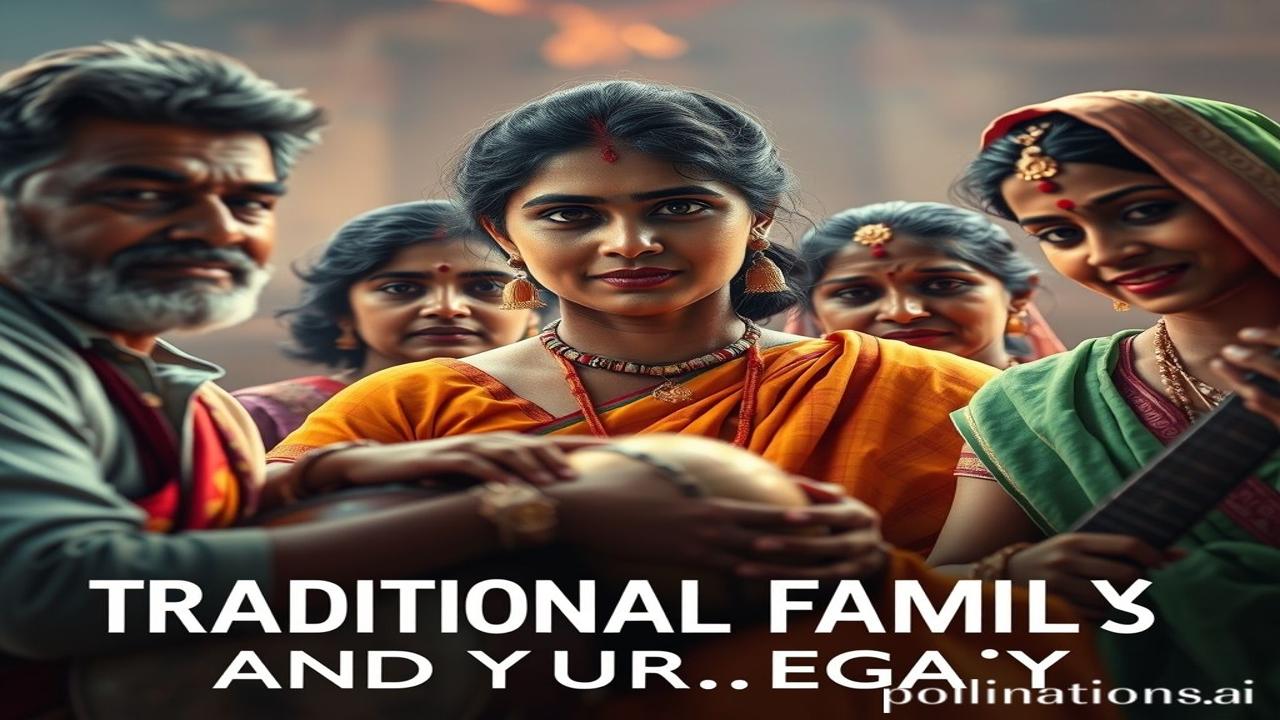Sangeet Ka Virasat: Jab Sur, Pariwaar, Aur Parampara Ek Ho Jaate Hain
Kabhi socha hai, shehnai ki woh dhun jo subah mandir mein bajti hai, uske piche kitni peedhiyan ki riyaz hoti hai? Ya woh raag, jo raat ko dadi sunati thi, uske har alaap mein kitne sapne aur kitni yaadein chupi hain? Waqt ki dhool mein, kuch aise hi sangeetmay pariwaar hain, jinhone apni jaan se zyada, apni ‘कला’ aur ‘धरोहर’ ko sambhalkar rakha hai. Let’s dive into their stories.
Sangeet Parampara: A Brief Itihas
Sangeet, India mein, sirf entertainment nahi hai. It’s a way of life, a spiritual journey, aur ek zariya hai apne itihas ko zinda rakhne ka. Traditional musical families, ya ‘gharana’ system, iss legacy ko carry karne ka ek important part rahe hain. Ye system centuries purana hai, dating back to the Mughal era aur usse bhi pehle.
Gharanas started as a way for musicians to pass down their knowledge and techniques within their families. Har gharana ka apna ek distinct style hota tha – some focused on khayal, others on dhrupad, and so on. Ye sirf music school nahi the, but a living, breathing embodiment of artistic heritage.
Gharanon Ka Zameeni Sach: Log Aur Jeevan
Imagine a young boy, maybe around 8 years old, waking up before sunrise in the haveli of a famous musician. Uska din shuru hota hai taanpura ki awaaz se. His father, a renowned sitarist, is already deep in riyaz.
“Beta, aaj ‘raag bhairav’ ka practice karenge,” the father would say, his voice a mix of sternness and affection.
The boy, named Rohan, would sit obediently, his small fingers trying to mimic his father’s intricate movements on the sitar. Lunch would be a simple affair – dal, roti, sabzi – eaten quickly before returning to practice.
Ma Rukmini, Rohan’s mother, would often say, “Sangeet toh tumhare khoon mein hai. Isse sambhalna tumhara dharm hai.”
Yeh sirf Rohan ki kahani nahi hai. This was the everyday life for generations of musicians across India. From the Qawwals of Ajmer Sharif to the Bauls of Bengal, sangeet unki zindagi ka hissa tha, unki identity ka hissa tha.
Dharohar Aur Pehchan: Aaj Ki Sangeet Dunya Mein
Aaj bhi, in gharanon ka influence humare sangeet mein zinda hai. Bollywood songs, classical concerts, even local festivals, har jagah humko unke echoes sunai dete hain. Classical music festivals like the Sawai Gandharva Bhimsen Mahotsav are a testament to their enduring legacy.
Bhartiyata, or Indianness, is deeply intertwined with this musical heritage. Sangeet hamari aatma se juda hai, humari sanskriti se juda hai. It helps us connect with our roots, remember our ancestors, and celebrate our unique identity in a globalized world.
Fun Fact: Sur Aur Taal Ka Ajeeb Rishta
Log samajhte hain ki har gharana ek hi type ka music play karta hai, lekin asli sach yeh hai ki gharanon ke andar bhi bahut diversity hai. Even within a single gharana, different members might have their own unique styles and interpretations of the same raag. Is diversity ne Indian classical music ko itna rich aur vibrant banaya hai!
Visuals And Emotions: Feel The Music
Imagine yourself sitting in a dimly lit courtyard, the air thick with the scent of jasmine and incense. The sound of the tabla and sitar fills the air, creating a mesmerizing atmosphere. You can feel the vibrations in your bones, the emotions flowing through the music, connecting you to something ancient and profound. The walls of the old haveli echo with the whispers of generations of musicians who poured their heart and soul into their art.
Antim Vichar: Suron Ka Safar
“Sangeet aatma ka bhojan hai,” a wise old guru once said. Aur yeh sach hai. These traditional musical families have not only given us beautiful music, but also a way to connect with our inner selves, our history, and our shared humanity. Let us cherish and protect this valuable ‘कला’, so that future generations can also enjoy its beauty and power.
“Sangeet mein shakti hai, sangeet mein mukti hai, sangeet mein hai jeevan ki dhara…”
